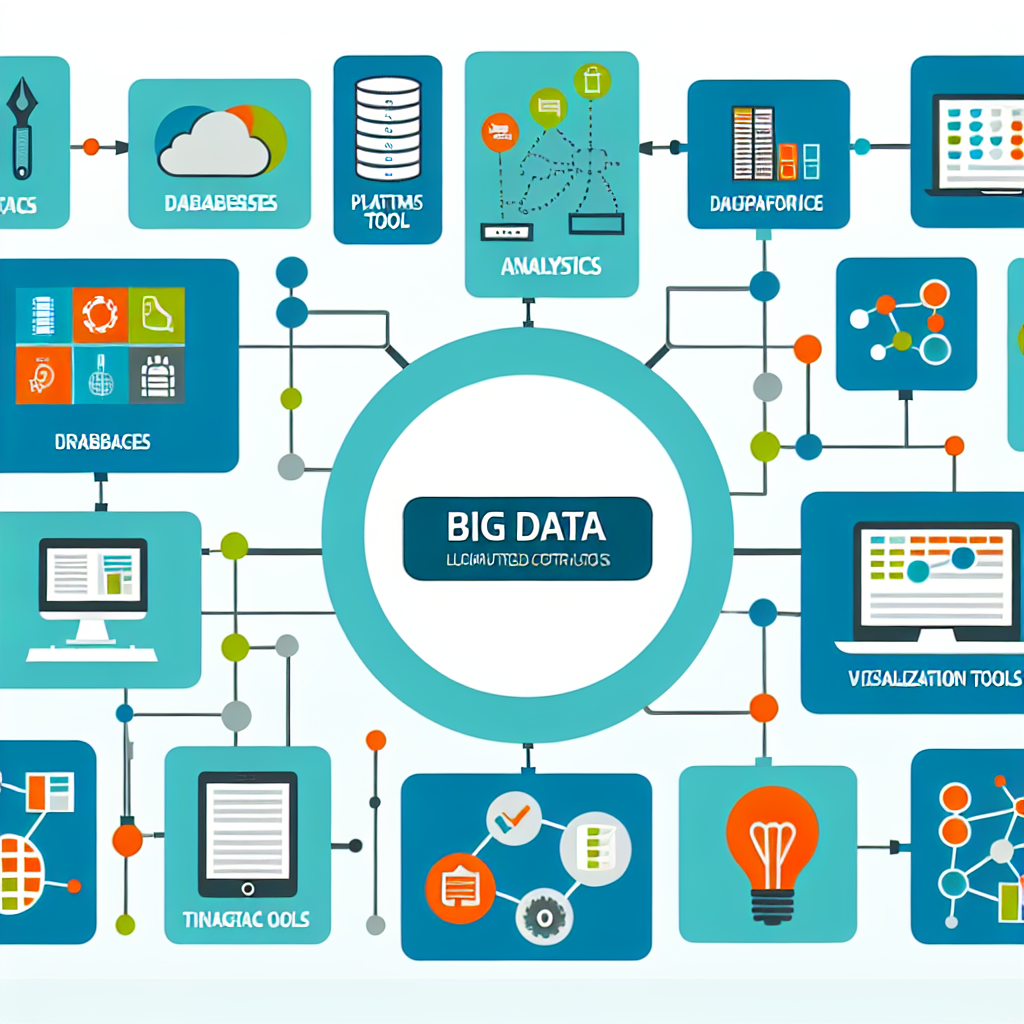Big Data Analytics: 7 Essential Trends in 2025
Big data analytics is transforming industries by harnessing vast amounts of data to drive decision-making processes. As we move towards 2025, the trends in big data analytics and data tools are evolving at a breakneck pace, impacting sectors from healthcare to finance. This progress is being driven by the need to extract actionable insights from data, a challenge faced by many organizations in today’s digital world.
This article explores seven essential trends in big data analytics that are shaping the future. We will delve into the advanced applications and frameworks that data professionals need to be aware of, alongside real-world examples to illustrate these concepts. By understanding these trends, professionals and enthusiasts can stay ahead of the curve in this rapidly changing field.
Growth of AI and Machine Learning
Artificial Intelligence and Machine Learning are at the forefront of big data analytics. The integration of AI into data platforms enables predictive analytics, allowing companies to forecast trends and behaviors more accurately. As AI tools become more sophisticated, their ability to process and learn from data at scale will only improve.
For instance, Netflix utilizes machine learning algorithms to recommend content based on user behavior, significantly enhancing user engagement and retention. This approach showcases how AI can transform user experiences through data-driven insights.
Real-Time Analytics
The demand for real-time analytics is one of the most compelling trends in big data. Companies are required to analyze data as it is generated, allowing for immediate insights and decision-making. This is particularly relevant in financial markets where data-driven decisions can have instantaneous impacts.
An example is in the healthcare sector where real-time monitoring of patient data allows for prompt interventions, improving patient outcomes. Platforms like Apache Kafka are pivotal in enabling these real-time data streams.
Cloud Computing Advancements
The rise of cloud computing has transformed the way data is stored and processed. Cloud-based analytics platforms offer scalability and flexibility, making it easier for organizations to handle large datasets without significant infrastructure investments. Major providers like AWS, Google Cloud, and Microsoft Azure are continually enhancing their offerings to support big data analytics.
By utilizing cloud services, companies can scale their analytics operations efficiently and cost-effectively, leveraging powerful data processing capabilities.
Data Security Enhancements
With the increasing volume of data comes an urgent need for enhanced data security. Big data analytics platforms are integrating advanced security measures to protect sensitive information against cyber threats. Techniques such as data encryption and secure access protocols are becoming standard practice.
Firms are also adopting compliance frameworks like GDPR and CCPA to maintain data privacy standards, especially in industries handling personal and financial data.
Edge Computing
Edge computing brings computation and data storage closer to the location where it is needed, reducing latency and bandwidth use. This trend is crucial for IoT devices generating vast amounts of data in real time.
Retailers, for example, use edge computing to process data from in-store sensors to optimize operations and improve customer experiences in real time.
Evolution of Data Tools
The array of tools available for big data analytics is expanding, with a focus on simplifying the analytics process. Tools like Apache Spark and Hadoop are continuously evolving to handle more complex data queries efficiently.
Newer tools are focusing on no-code or low-code environments, enabling users without coding expertise to conduct comprehensive data analyses. This democratization of data analytics is empowering more stakeholders within organizations to derive insights from data.
Collaborative Data Insights
Collaboration in data analytics is growing, with teams working across business functions to generate shared insights. Platforms facilitating collaborative data analysis, like Google Data Studio, are becoming increasingly popular.
These tools allow multiple stakeholders to contribute to the data analysis process, fostering a data-driven culture within organizations and ensuring decisions are informed by comprehensive inputs.
Frequently Asked Questions
What is real-time analytics in big data?
Real-time analytics refers to the ability to access and analyze data as it is created and streamed. It allows for immediate data processing and decision-making, crucial in environments requiring quick responses, like healthcare and finance.
How is AI used in big data analytics?
AI in big data analytics is used to process and analyze large datasets quickly and efficiently. It enables pattern recognition, predictive analytics, and automated decision-making, significantly enhancing the capability of data-driven strategies.
Why is data security important in big data analytics?
Data security is crucial in big data analytics to protect sensitive information from unauthorized access and cyber threats. Ensuring data privacy and compliance with legal standards safeguards both individuals and organizations from potential data breaches.
What are the benefits of cloud computing for big data?
Cloud computing offers scalability, flexibility, and cost-efficiency, allowing organizations to store and process large volumes of data without significant infrastructure investments. It provides on-demand resources, facilitating faster and more efficient data analytics.
Conclusion
The future of big data analytics is poised for significant advancements as technologies and data tools continue to evolve. These trends offer exciting opportunities for AI and data science professionals to harness the full potential of data, driving innovation and strategic growth within organizations.
Learn more about cutting-edge AI technologies here as we continue to explore groundbreaking data applications.
Stay informed and prepared for these developments by subscribing to our newsletter and joining our community of AI and data science enthusiasts. Subscribe now to keep updated on the latest trends and insights.



